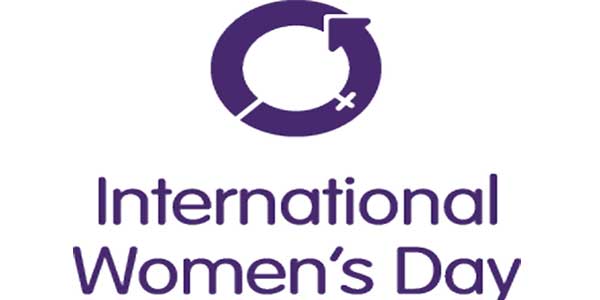 I was talking with my son and daughter, ages 15 and 12, about gender equality and compensation parity. They don’t quite understand why I believe the topics are concerning issues, and I think that’s a great thing. Through their Gen-Z lenses, they see parity in many ways, which I hope continues throughout their lives. But for those of us older than 15, who may still see and experience the lack of parity in both obvious and subtle ways, the theme for International Women’s Day 2016, #PledgeForParity, is welcome (click to tweet).
I was talking with my son and daughter, ages 15 and 12, about gender equality and compensation parity. They don’t quite understand why I believe the topics are concerning issues, and I think that’s a great thing. Through their Gen-Z lenses, they see parity in many ways, which I hope continues throughout their lives. But for those of us older than 15, who may still see and experience the lack of parity in both obvious and subtle ways, the theme for International Women’s Day 2016, #PledgeForParity, is welcome (click to tweet).
We have much to celebrate tomorrow in the way of parity, with women making increasingly vital contributions to social, economic, cultural and political achievements. Our own Breadwinner PheMOMenon research also revealed an unexpected level of parity with regard to earnings: nearly half of all U.S. women (49 percent) are now the primary breadwinner or are on par financially with their significant other, a trend that is progressing more quickly that even recent, major studies predicted.
We are in the midst of one of the most significant socioeconomic shifts of this generation as women seize opportunities and provide for their families at unprecedented rates. Women are embracing new roles, especially when it comes to financial matters. Our study showed:
The percentage of women in the U.S. now saying they make all of the financial decisions for the family has doubled in the past 8 years from 18% to 36%.
Nearly half of women in China (48%) say they control all financial decisions. Half of moms in China (55%) also say this is their sole responsibility.
Over one-third of women in the U.S. (36%) and approximately one-quarter of women in the U.K. (29%) and Germany (27%) report making all of the financial decisions.
There are upsides and downsides to such radical transition. Women feel increasingly empowered to make significant financial and purchasing decisions on their own yet, our research shows, they do not feel in command of their lives. Strikingly, women in the U.S. (40%) are significantly more likely than those in the U.K. (13%), China (25%) and Germany (15%) to say they feel more stressed out after contributing more income or becoming the primary breadwinner over the past five years.
Parity in Action—Step 1:
Showing sensitivity to these stresses in the workplace and in the marketplace can be a parity motivator.
Ultimately, success here is not be driven by numbers. The vast majority of women agree that being in good overall health is critical to personal success, though they admit that personal care is one of the first things to go when time gets tight. Women globally agree that personal success means being healthy, feeling secure in their community and home, avoiding debt and having a good career. If women can achieve that type of success, women, men and families all benefit.
Parity in Action—Step 2:
Women: take some TODAY to support a personal mental wellness goal: Take a walk, meditate for 15 minutes, take in a show, laugh with a friend or co-worker, whatever works for you; don’t give it up today. You have to take care of yourself before you can take care of others.
Parity in Action—Step 3:
Let’s collectively #PledgeForParity so that women around the world, now and for generations to come, can achieve success for themselves and for their families, in ways that are important to them.
Everyone can pledge to take a concrete step to help achieve gender parity more quickly—whether to help women and girls achieve their ambitions, call for gender-balanced leadership, respect and value differences, develop more inclusive and flexible cultures or root out workplace bias. Each of us can be a leader within our own spheres of influence and commit to take pragmatic action to accelerate gender parity.